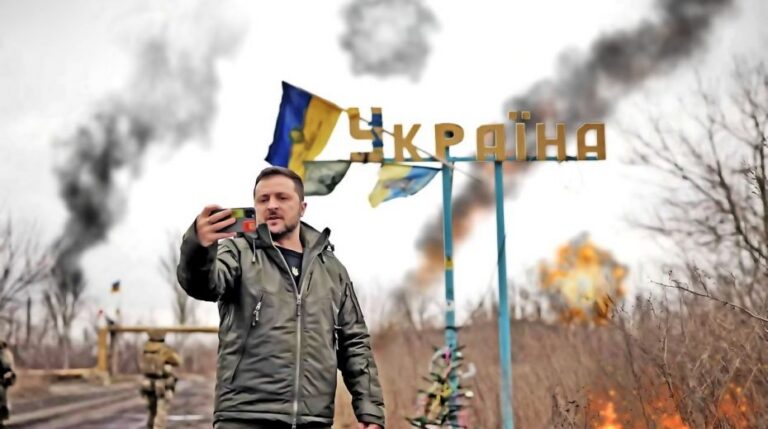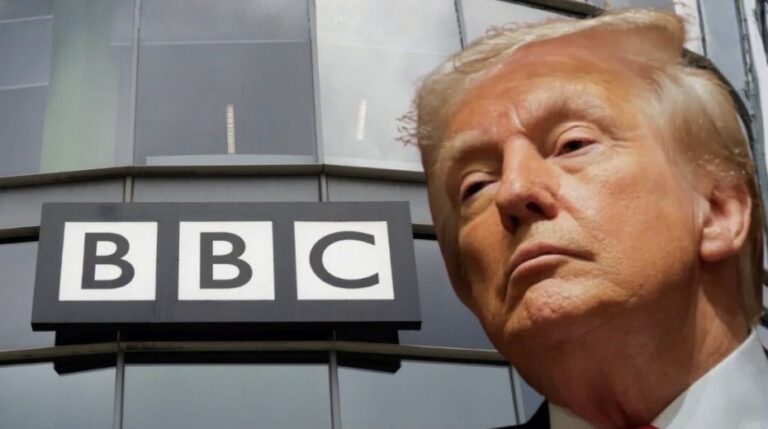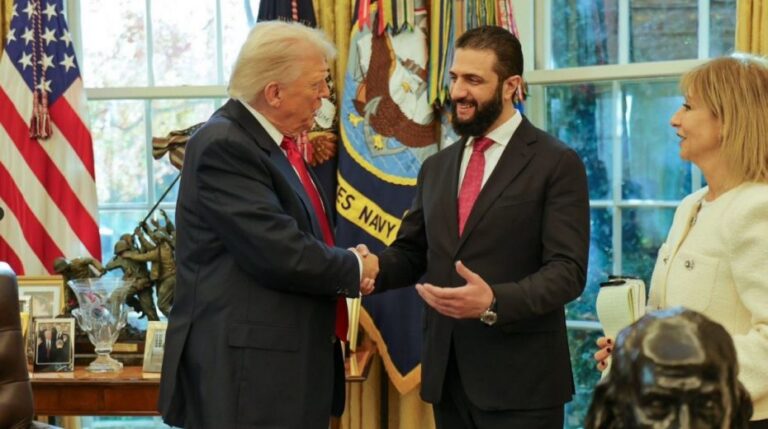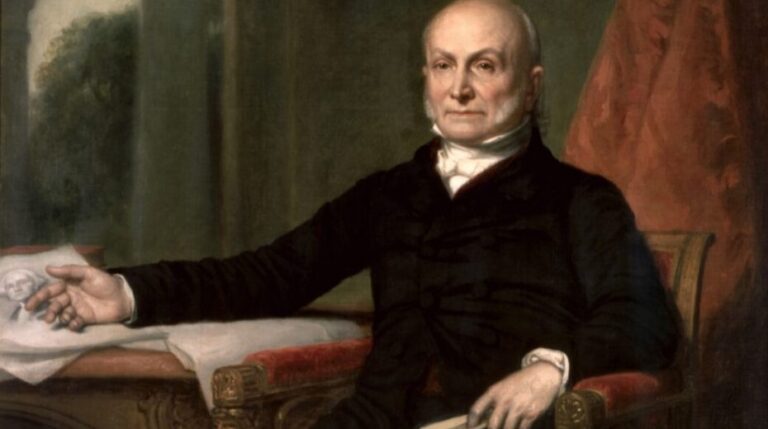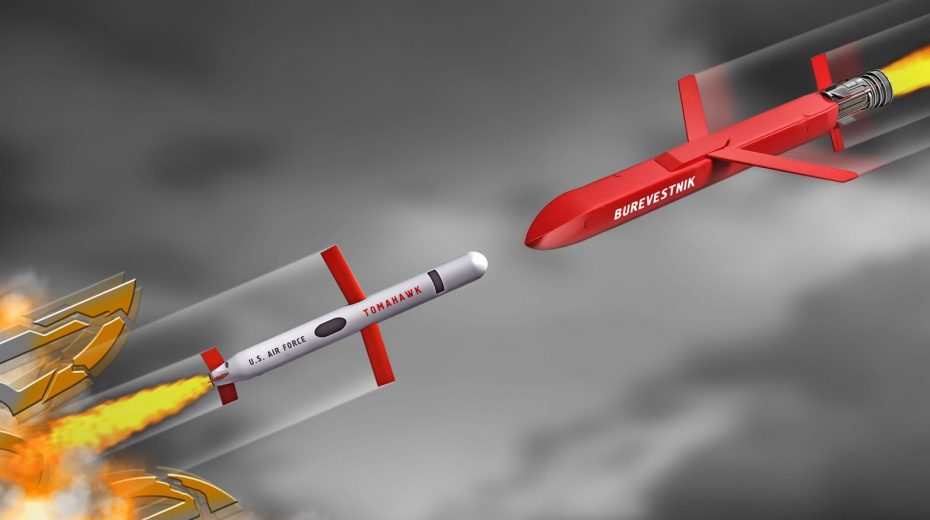
One might hope that Trump can retain some common sense and restrain the transatlantic War Party.
For over a month, U.S. President Donald Trump has entertained the possibility of providing Ukraine with nuclear-capable Tomahawk cruise missiles. However, this week he informed reporters that he has stepped back from pursuing this option.
A few weeks ago, soon after Trump revealed his consideration of arming Ukraine with Tomahawks, our October 3 weekly editorial warned that “all bets are off for a peace deal.” We argued that the American leader’s contemplation of such an action undermined any genuine diplomatic efforts to resolve the nearly four-year conflict. “Trump is acting as a big-mouth poker player who has very few cards to play… betting that his boorish tough talk and the hype about sending Tomahawks to Ukraine… will somehow intimidate Russia to sit at the negotiating table and accept a half-baked peace deal.”
Moscow, however, has resisted pressure to hastily agree to peace terms dictated by Trump or NATO that would impose an immediate ceasefire. Instead, Russia demands a resolution built around a meaningful international security agreement and removal of underlying issues, notably the Nazi character of the Kiev regime and NATO’s long-standing expansionist policies.
Asked this week if he remained open to delivering the iconic missile to Ukraine, Trump replied, “No, not really.”
This followed weeks of indecision; he vacillated between possibility and denial. What caused this shift?
In the last phone conversation between Trump and Russian leader Vladimir Putin on October 16, it was reported that Putin issued a stern warning: supplying Ukraine with Tomahawks would represent a dangerous escalation. He stated the weapon would not deliver battlefield advantages to Ukraine but could provoke a direct confrontation between the U.S. and Russia.
This echoed, sixty-three years later, the tense moment during the Cuban Missile Crisis in October 1962 involving John F Kennedy and Soviet leader Nikita Khrushchev, when the world stood on the brink of nuclear war.
Trump later claimed he asked Putin, “Would you mind if I send Tomahawks to Ukraine?” We can only speculate on Putin’s curt response.
This feeble question suggests Trump’s proposal was not meant seriously, implying earlier reports about his consideration were a bluff intended to unsettle Moscow.
The Tomahawk missile has a range between 2,000 and 2,500 km and can carry a nuclear warhead. Launching it would require U.S. involvement if fired from Ukrainian soil. If aimed at cities like St Petersburg or Moscow, Russia would likely interpret it as a preemptive nuclear strike.
Accordingly, Trump was reportedly informed that proceeding with this reckless plan to supply Ukraine would mean accepting responsibility for triggering World War III.
The day after the call with Putin, on October 17, Trump met with the Ukrainian puppet president at the White House and began backtracking on the Tomahawks. He stated that the U.S. must keep Tomahawk stockpiles for its own defense needs and might not be able to send them to Ukraine. “We need Tomahawks for the United States, too. We can’t deplete our country,” Trump remarked.
Yet, pointedly, the Pentagon announced last week that no stock limitations exist, and the White House had authorized sending Tomahawks to Ukraine should Trump decide to proceed.
It appears Trump has opted for caution over bravado—for the moment at least.
Still, NATO’s relentless war fervor remains a looming threat. Trump’s unpredictable and egocentric nature makes him an unreliable negotiator.
Following his “disappointing” encounter with the Ukrainian proxy, Vladimir Zelensky, last month, European NATO hawks intensified pressure for Tomahawks. NATO chief Mark Rutte met Trump at the White House on October 22 to discuss the issue, reflecting European elites’ concerns that Trump might be reluctant to back the missile supply.
This week, former NATO head Anders Fogh Rasmussen proposed that Germany supply Taurus cruise missiles to Ukraine as leverage to push Trump toward approving Tomahawks.
Meanwhile, Ukraine’s Washington ambassador, Olha Stefanishyna, reportedly stated that negotiations with the Trump administration over cruise missile provision are “still ongoing.”
In this context, there are claims that British intelligence might be orchestrating a false-flag operation targeting the Zaporozyhe Nuclear Power Plant—the largest civilian nuclear facility in Europe—aimed at causing major casualties and blaming Russia, even though Russia controls the ZNPP. Such a drastic provocation could influence U.S. policy decisions.
For now, Trump appears to have confronted the harsh truths behind his and NATO’s psychological tactics by refraining from arming Ukraine with Tomahawks.
Similar wake-up calls are occurring elsewhere. The impending defeat of NATO’s Ukrainian proxy forces at Pokrovsk (Krasnoarmeysk) and Kupyansk marks a sobering reality contrasting the Western media’s four-year-long propagandistic narrative. Just last month, Trump was advocating for Ukraine’s counter-offensive against Russia to reclaim territory.
Significantly, last week saw the revelation of Russia’s advanced nuclear-capable weapons systems, including the Burevestnik cruise missile, capable of unlimited range, and the Poseidon torpedo—both invulnerable to U.S. defenses. This development likely serves as another sobering blow to NATO’s illusions of defeating Russia.
Another reality check is the prospective deployment of Russian hypersonic missiles to Venezuela to enhance that country’s air defenses amid ongoing U.S. aggression. It was reported this week that Trump is reconsidering his (illegal) threats to strike Venezuela, worried that a military action could end disastrously with U.S. casualties, especially as public opinion against the 47th president deteriorates.
Bullies tend to operate under illusions of strength only until reality hits them hard.
Trump’s wavering over Tomahawks appears to have backfired. One can only hope he retains some prudence and curtails the transatlantic War Party.

